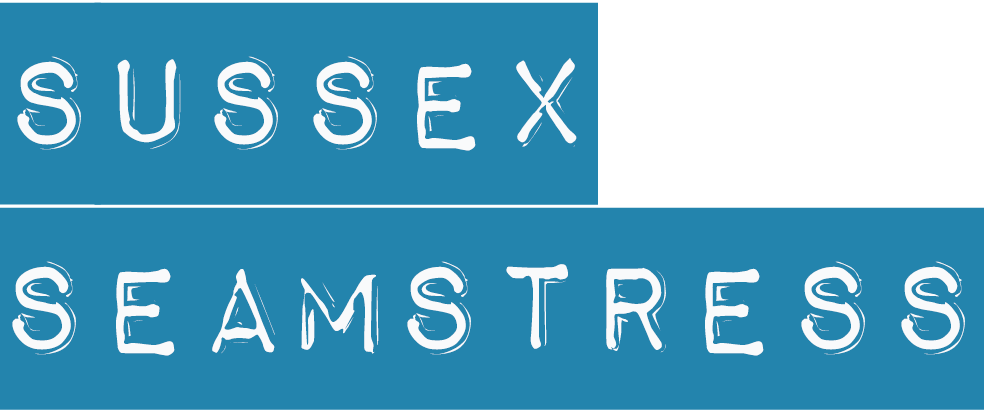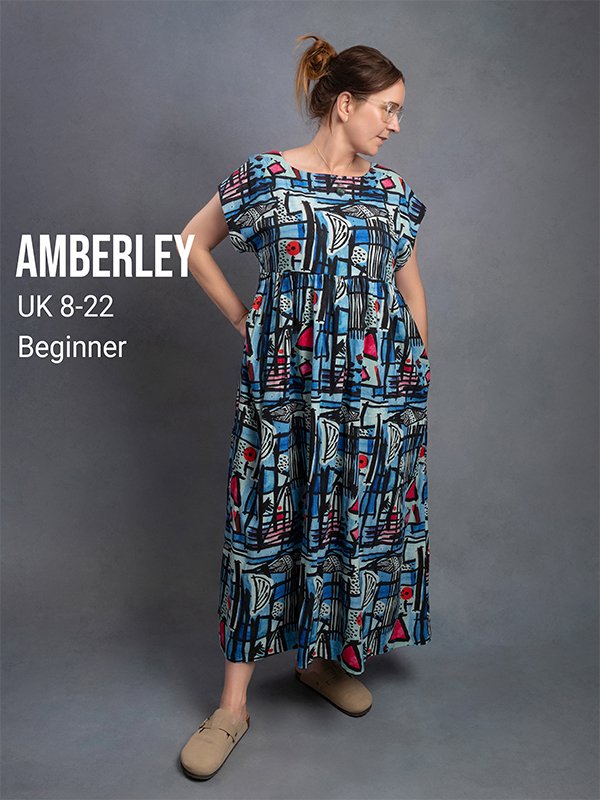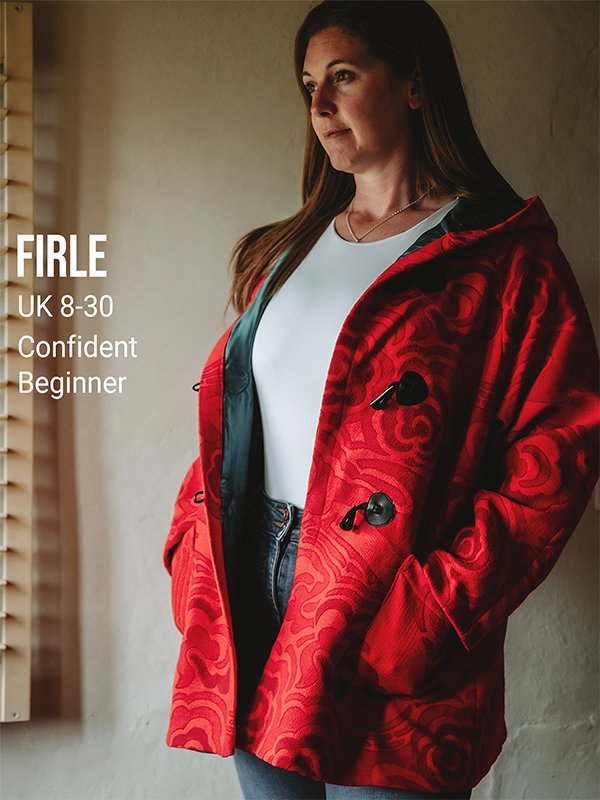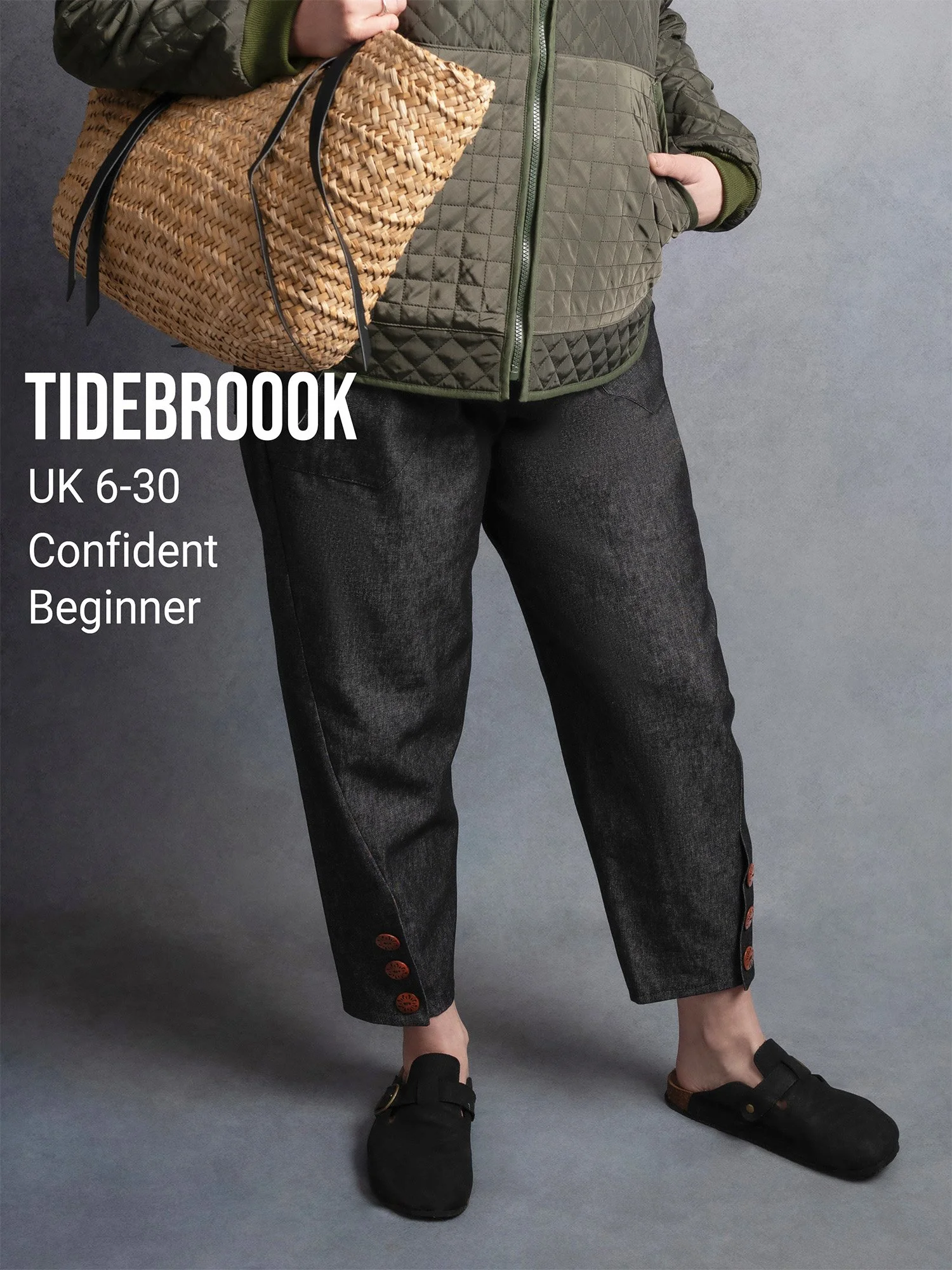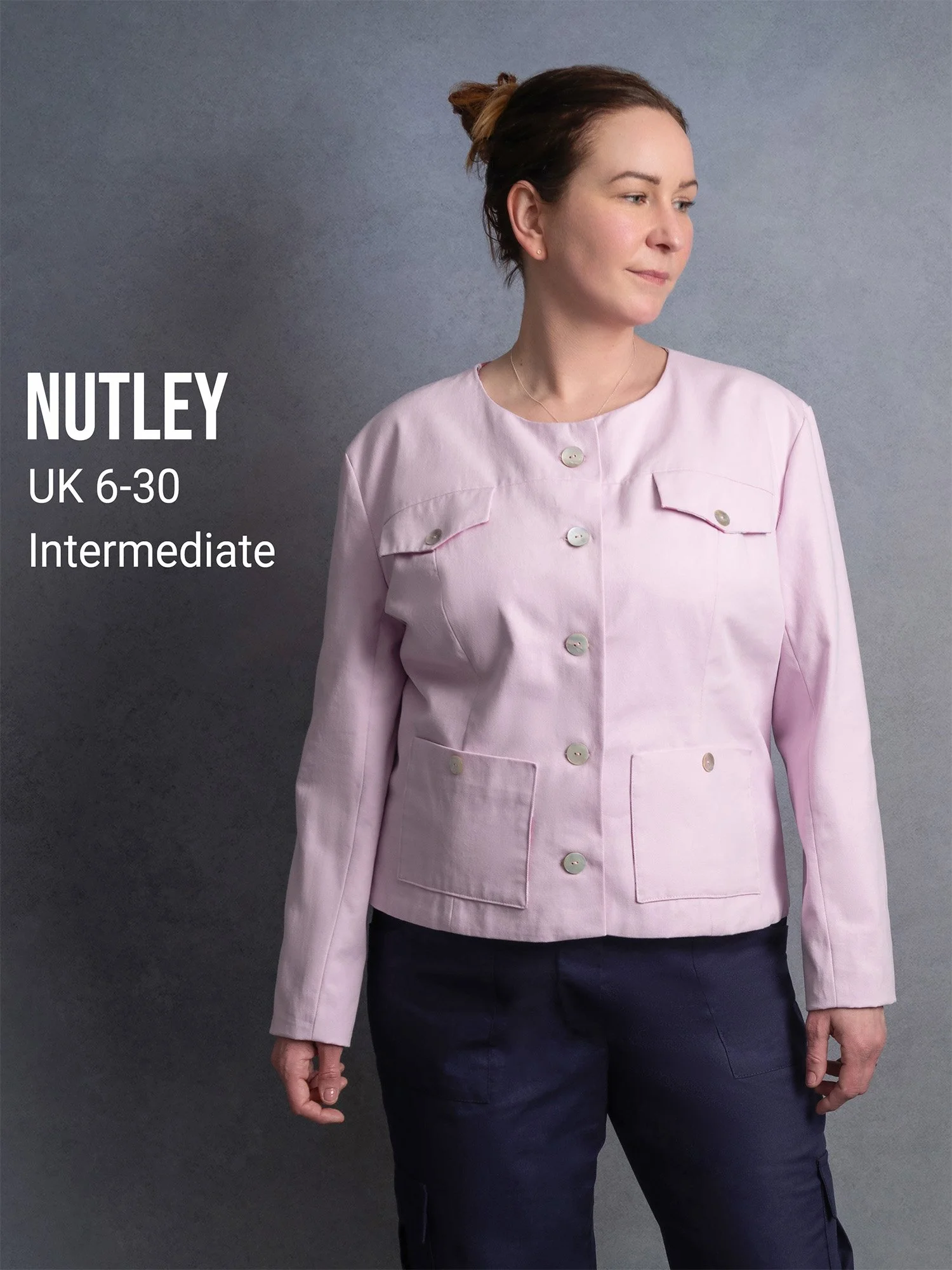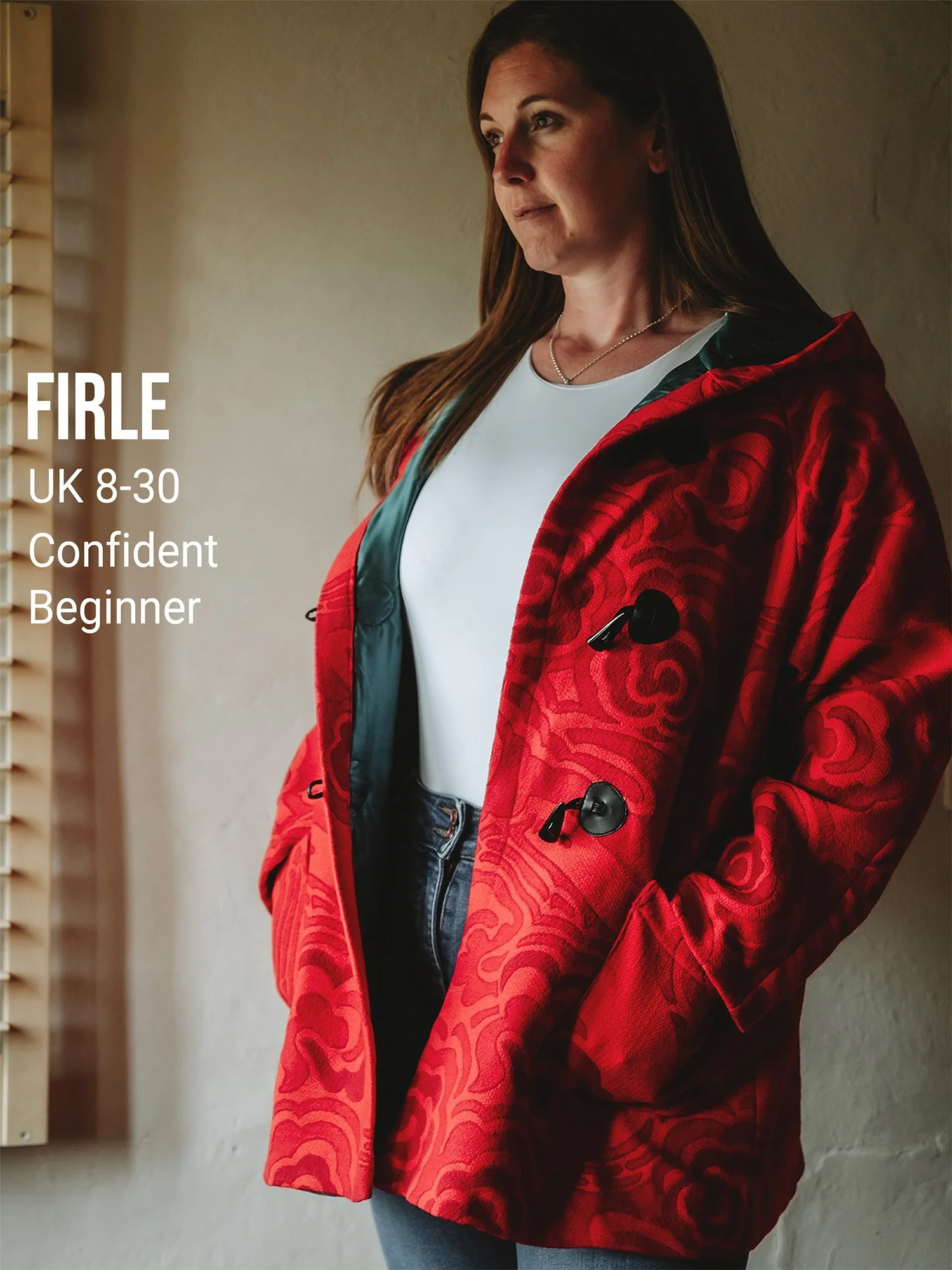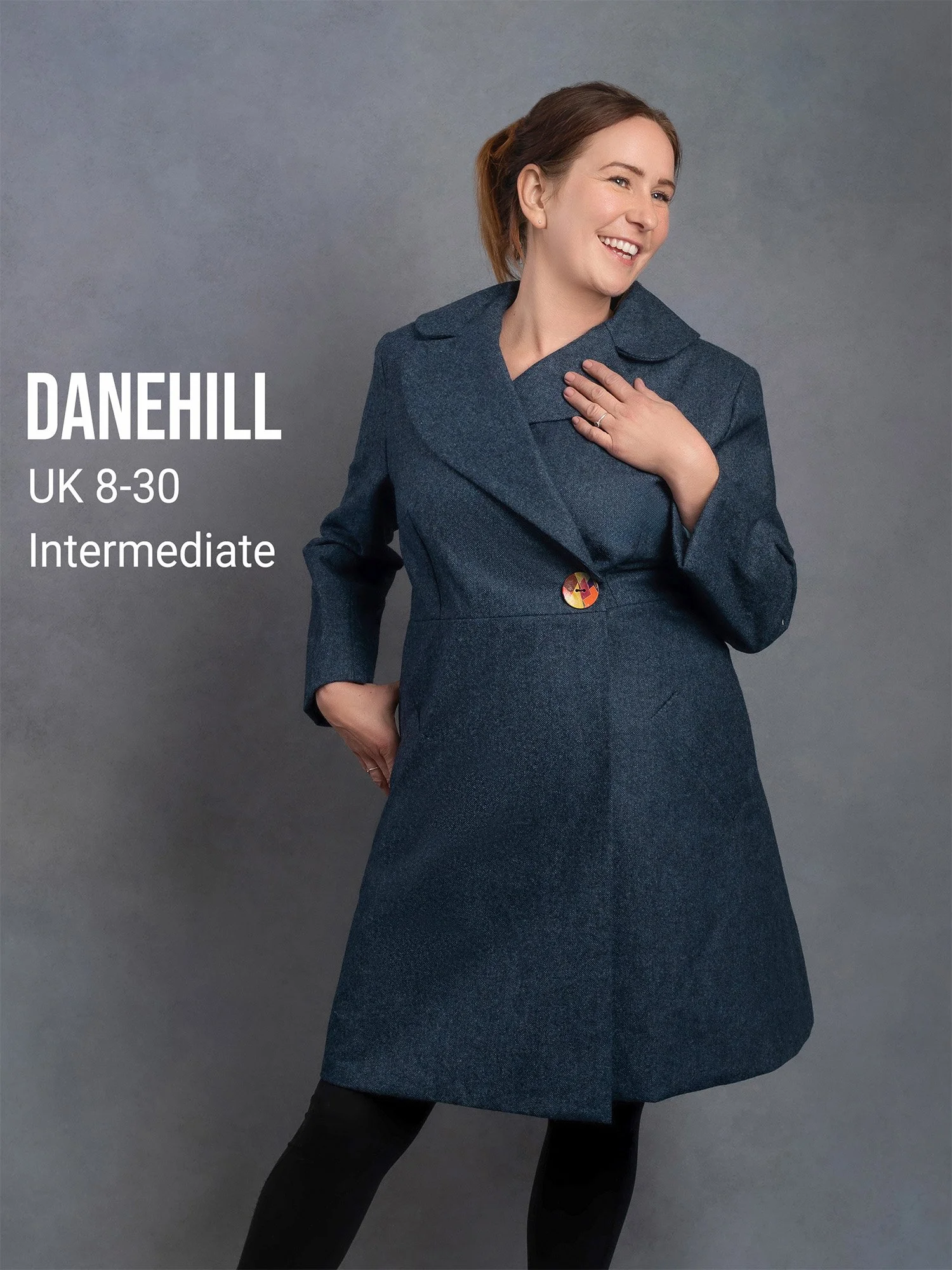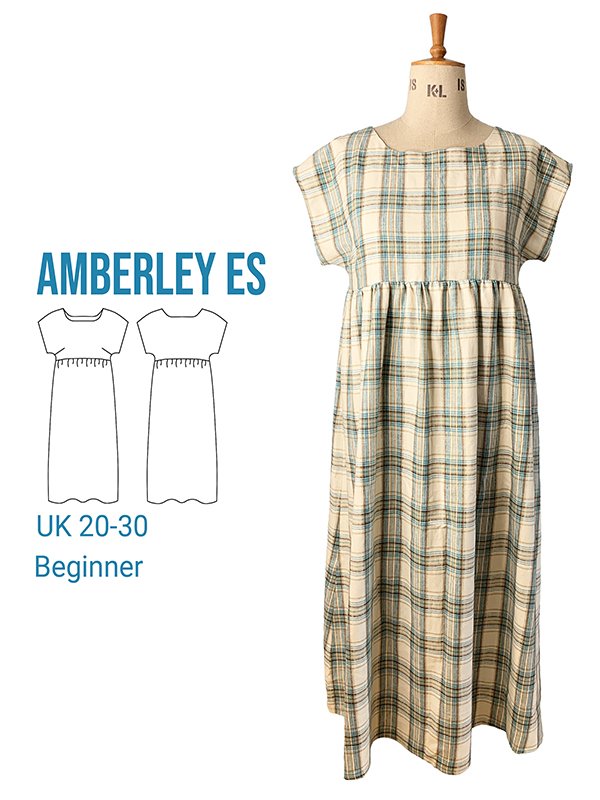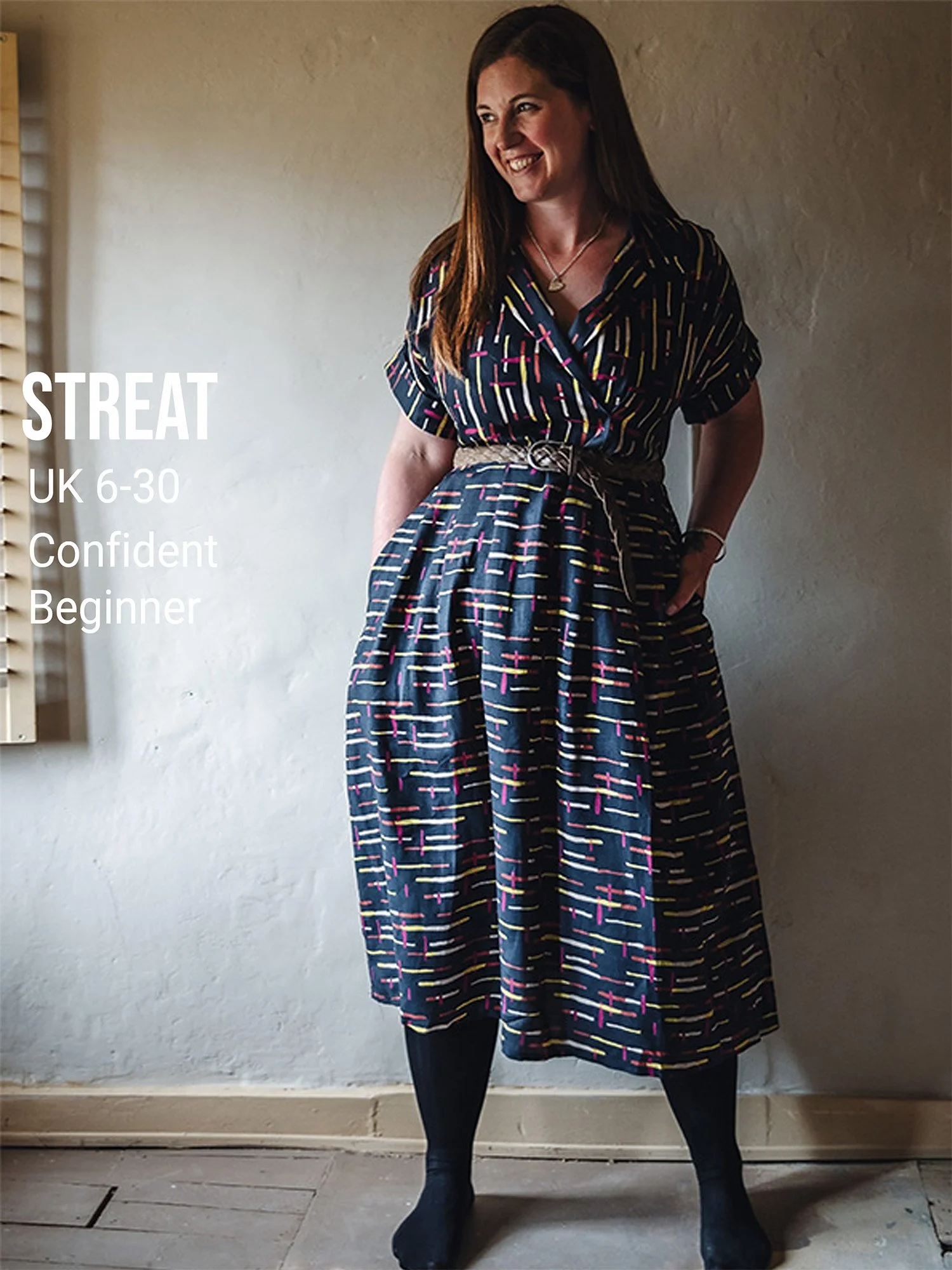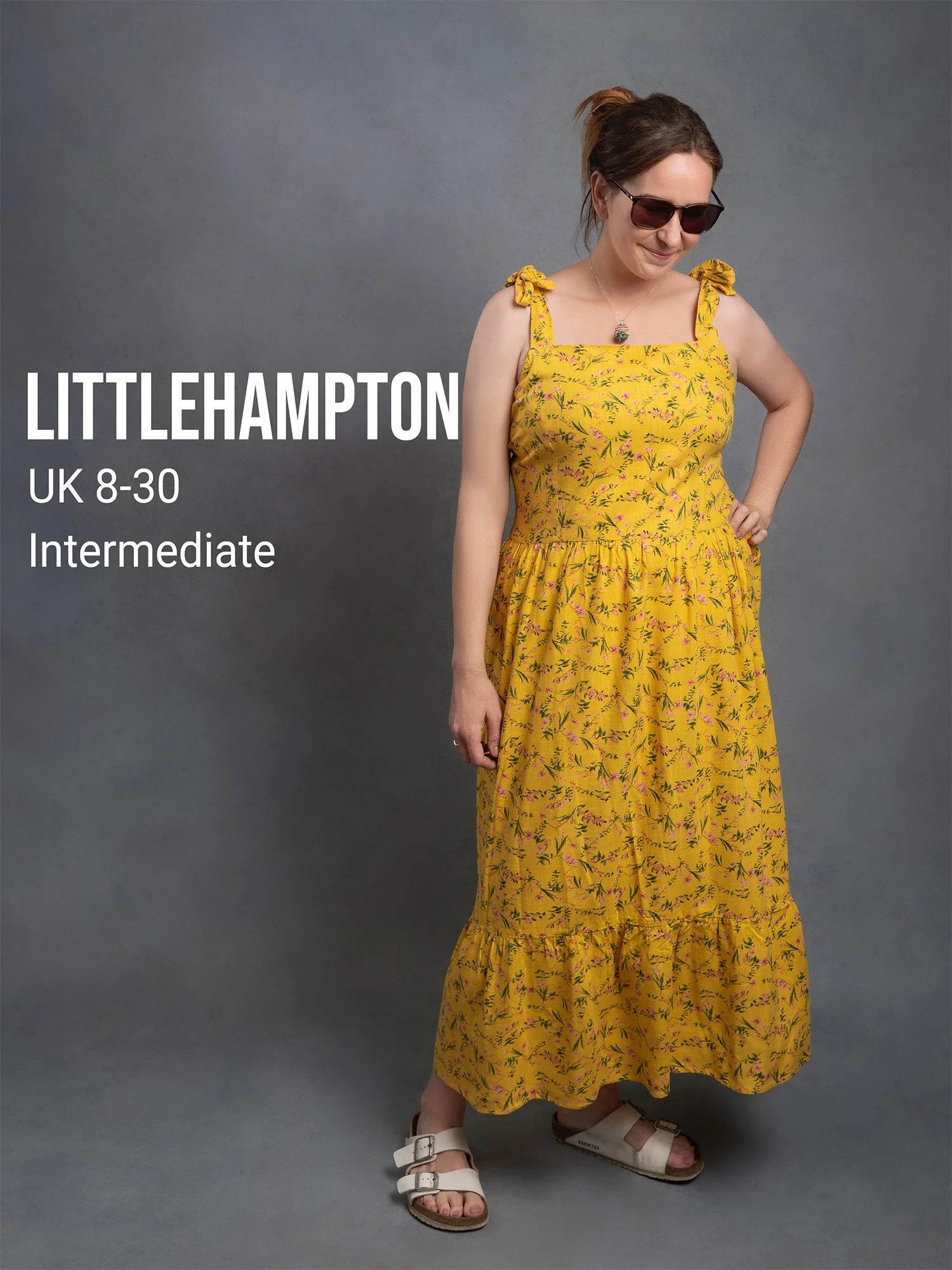Sleeves - The Basic Types
If you search for “types of sleeve” in Google, in can be pretty intimidating. It’s easy to find lists of 20 to 30 different types with various exotic names - Leg of Mutton, Angel, Bishop, Butterfly, the list goes on.
Although this is useful, for a beginner it can be hard to know where to start.
So let’s try to keep it simple, and give ourselves a basic understanding of sleeves.
For novices, there are really just a few main types of sleeve you will come across. Most other sleeves are variations of these main types.
Kimono Sleeves
A Kimono Sleeve is one where the sleeve is cut as an integral part of the bodice or dress, rather than as a separate piece. The classic T-Shape of doll’s clothes is a Kimono Sleeve. Below we can see a line diagram of such a sleeve, along with the finished garment. Notice the lack of any seam around the top of the sleeve.
An example of a pattern with a Kimono Sleeve, and below, what it looks like when worn.
A Kimono sleeve on the Saltdean Dress
Although easy to sew, one disadvantage of long integral sleeves like the Kimono is that they can result in large pattern pieces that use a lot of fabric, sometimes necessitating a seam down the centre back of the garment, especially when using narrower fabric widths. You can often see a seam like this on an actual Kimono.
Although the above style is a more traditional, long Kimono sleeve, the same principle can be applied to shorter sleeves, as in the Amberley Dress below.
The Amblerley Dress has short sleeves that are also and integral part of the bodice, this stype of sleeve is great for beginners as no sleeve insertion is required. Below we can see what this looks like when worn.
A Short Kimono Sleeve, on the Amberley Dress
Dolman (Batwing) Sleeves
The Dolman Sleeve is similar in that it is cut as part of the bodice, but it has a different shape, joining the bodice far lower down - they are often called Bat Wing sleeves in reference to this shape - and are more common than the Kimono sleeve.
A Dolman “Bat Wing” Sleeve - in this case the Hurstpierpoint Top pattern. This type of sleeve was particularly popular in the 1980’s, but it still seen in garments today.
Like the Kimono sleeve, Dolman/Batwing sleeves are simple to make, since there are no separate sleeve pieces to join to the bodice/dress.
Raglan Sleeve
A Raglan Sleeve attaches to the bodice with a diagonal seam which extends to the neckline. Raglan sleeves are fairly easy to construct (often easier than the more common Set-in Sleeve). They are also relatively easy to adjust and make comfortable for your particular body shape by adjusting the diagonal seam.
You can see a Raglan Sleeve very clearly on my favourite Disney T-Shirt. I much prefer this style on a t shirt, particularly when using contrasting fabrics like the one in this picture.
The Firle Coat pattern also has raglan sleeves, which contributes to making this coat pattern more beginner friendly. If you want to see Raglan sleeves actually constructed, you can watch the online video tutorial.
Set-In Sleeve
The final type is the Set-in Sleeve. This joins the bodice with a seam that goes around the arm over the shoulder. They are a very common type of sleeve - you are possibly wearing one right now. A shirt sleeve is a classic example.
A Set-in Sleeve - the most common type of sleeve, and the one that most people are familiar with.
Sometimes, as with simple T-Shirt patterns, these are reasonably easy to sew. However, in more complex garments the end of the sleeve that attaches to the bodice (the “cap”) needs to be shaped & eased to fit nicely, which can be tricky for more novice sewers.
Set-in sleeves tend to be trickier with more slippery or silky fabrics. Adding some gathering threads to the sleeve head can help you ease these into the armhole in this situation.
If you want to watch examples of the set-in sleeves being inserted, check out our video tutorials page as many of the pattern tutorials will show you how to insert set-in sleeves.
There are of course, lots of other types of sleeve, but most are variations of the above types that simply have different shaping or add gathers to the head, cuff, or both.
Sussex Seamstress is an independent pattern maker, based in Sussex, UK.
While you’re here, why not take a look at our range of sewing patterns for women?
